Description
What This Product Solves
In high-stakes industrial automation, particularly within power generation and heavy process industries, capturing the rotational speed of turbines, pumps, or compressors with pinpoint accuracy is crucial—yet legacy tachometer signals often degrade under vibration, EMI, or thermal extremes, leading to erratic feedback that destabilizes control loops and risks overspeed trips or inefficient throttling. Envision a gas turbine startup where a jittery speed input misreads RPM, triggering false alarms or delayed synchronization to the grid, or a pulp mill’s fan drive where signal noise from long cable runs corrupts frequency data, forcing conservative derates that sap output. These pain points not only inflate fuel costs and emissions but also heighten the specter of unplanned outages in systems bound by NERC compliance, where even fleeting inaccuracies can cascade into regulatory headaches.
The Emerson 1C31189G03 steps in as a dedicated Speed Detector Personality Module for the Ovation DCS, engineered to condition and digitize tachometer inputs—whether sinusoidal from magnetic pickups or pulse trains from optical encoders—delivering clean, scalable frequency data to your controller without the distortion that plagues generic I/O. It’s a game-changer in scenarios like retrofitting legacy WDPF systems or expanding remote I/O nodes in distributed plants, where modular integration demands drop-in reliability to avoid backplane rewires. For engineers tackling high-reliability challenges in process control, this module shines when standard analog channels can’t resolve low-end speeds or filter harmonics, ensuring I/O signal integrity that aligns with Ovation’s deterministic scan times. By incorporating threshold detection and fault latching, it isolates anomalies like sensor failures, empowering proactive tuning rather than reactive scrambles.
- 1C31189G03
In environments pushing for predictive maintenance via speed trending, the Emerson 1C31189G03 bridges the gap to seamless analytics, turning raw shaft data into actionable insights that optimize load sharing and vibration monitoring. Ultimately, it fortifies your automation fabric against the subtleties of rotational dynamics, prioritizing the uptime and precision that define resilient operations—think smoother transients and fewer diagnostic dead-ends, all while scaling effortlessly as your control architecture evolves.
How the Product Works & Fits into a System
The Emerson 1C31189G03 functions as a plug-in personality that mates with an Ovation Electronics Module (E-Mod), transforming base hardware into a specialized speed interface by processing incoming tach signals through precision frequency-to-digital conversion—essentially counting zero-crossings or edges to yield RPM proportional to pulses per revolution, with configurable scaling for 1-1000+ Hz ranges. It accepts differential or single-ended inputs up to ±24V peak, applies software-selectable filtering to excise noise, and outputs linearized values over the local bus, all while monitoring for underspeed/overspeed via embedded comparators that latch faults for HMI visibility. This keeps data fresh within the system’s 20ms update cycle, feeding directly into control blocks for governor logic or interlocks.
Nestled in the field I/O layer of Ovation’s distributed stack, it occupies a single slot in a carrier assembly, drawing regulated power from the backplane while extending reach to remote nodes via IONet fiber for up to 10km drops—ideal for isolating noisy turbine halls from the central controller. In redundant setups, mirror it across duplexed E-Mods for bumpless transfer, ensuring zero data loss during switchovers in ring topologies. Protocol-wise, it’s native to Ovation’s peer-to-peer comms, with support for Modbus overlays if tying into third-party historians, so you can poll speed trends without custom gateways.
User-friendly diagnostics include tri-color LEDs for input validity and a relay contact for hardwired alarms, simplifying bench-testing before rack-in. In a full architecture, it pairs upstream with power supplies and downstream with actuator modules, forming a cohesive chain for closed-loop speed regulation—say, in a boiler feed pump where it decodes encoder feedback to modulate VFDs precisely. The Emerson 1C31189G03 integrates without fanfare, its field-configurable thresholds tunable via Ovation Developer Studio, trimming setup time and letting you prioritize algorithm refinement over hardware tweaks. This positions it as the reliable interpreter in your rotational ecosystem, harmonizing field realities with supervisory demands for responsive, fault-resilient control.
| Specification | Details |
|---|---|
| Model Number | 1C31189G03 |
| Brand | Emerson |
| Type | Speed Detector Personality Module |
| Input Voltage | 5/24 VDC (backplane) |
| Operating Temp Range | -40°C to +70°C |
| Mounting Style | Ovation Backplane Slot |
| Dimensions | 2.5 x 5.25 x 0.5 in |
| Weight | 0.25 lb |
| Interface/Bus | Ovation Local Bus / IONet |
| Compliance | CE, UL, CSA, RoHS |
| Supported Protocols | Ovation Native, Modbus |
| Typical Power Draw | 2.5 W |
Real-World Benefits
Bringing the Emerson 1C31189G03 into your Ovation fold means harnessing a module crafted for the relentless pulse of rotating assets, where its robust input isolation and anti-aliasing filters deliver frequency resolution down to 0.1 Hz—translating to RPM accuracy that holds steady through electrical storms or mechanical resonances, so your speed-based setpoints track true without the wander that erodes efficiency in variable-load scenarios. This isn’t mere measurement; it’s the foundation for refined control strategies, like adaptive gain scheduling in governors that anticipates speed excursions, yielding measurable gains in fuel burn and wear reduction over quarterly cycles.
On the maintenance front, its latching diagnostics cut through ambiguity by timestamping fault events to the microsecond, piping them to the Ovation historian for root-cause forensics—imagine pinpointing a failing pickup coil during a vibration spike, averting escalation without exhaustive trending dives. Engineering teams value the reduced overhead from its hot-pluggable design, which lets you swap personalities mid-outage for quick field tweaks, compressing retrofit windows and preserving schedules in multi-vendor plants. Long-term, it safeguards performance consistency by enduring 10+ years in classified environments, with conformal coatings that repel contaminants, ensuring your DCS investment compounds rather than corrodes.
The broader ripple? Scalable integration that eases expansions, like adding wind turbine nacelles without signal redesigns, fostering architectures where speed data fuels AI-driven prognostics. In essence, the Emerson 1C31189G03 elevates rotational oversight from tactical to strategic, minimizing unplanned interventions and unlocking the operational fluidity that turns compliance into competitive advantage.
Typical Use Cases
The Emerson 1C31189G03 excels in power plants, embedding within Ovation racks to monitor steam turbine shafts via magnetic proximity sensors, converting erratic sinusoidal signals into stable digital RPM feeds amid 100 dB noise floors and 1000+ Hz swings—essential for process control environments where overspeed detection prevents catastrophic failures, upholding critical system uptime during baseload ramps or islanding events. In these setups, its noise rejection sustains high reliability, enabling precise synchronization that trims grid penalties.
Hydroelectric facilities deploy it for generator wicket gate servos, interfacing pulse tachs from optical encoders to track head variations under watery, seismic stresses, supporting continuous uptime in remote spillways where fast data cycles dictate flow optimization and flood mitigation. Harsh submersion risks and power flickers test its resilience, yet it maintains signal fidelity for seamless tie-ins with SCADA oversight.
In petrochemical refineries, the Emerson 1C31189G03 tracks compressor impeller speeds, filtering harmonics from VFD-induced EMI to feed anti-surge algorithms—vital for used in cracking units where lag risks surge damage and throughput halts. Across utilities, hydro, and oil & gas sectors, this module underpins applications craving unerring rotational insight in adversarial conditions, transforming speed metrics into safeguards for peak efficiency.
1C31189G01 – Earlier revision with basic filtering for legacy tach inputs.
1C31189G02 – Mid-range variant optimized for higher frequency ranges in turbo-machinery.
1C31203G01 – Companion remote I/O node for distributed speed sensing networks.
1C31194G03 – Valve positioner module for paired actuator-speed loops.
1C31201G01 – Servo driver personality for motion-coupled speed controls.
1C31181G01 – Remote I/O master unit extending tach bus reach.
1C31233G04 – Sequence of events module for timestamped speed anomaly logging.
Before committing the Emerson 1C31189G03 to your carrier, align its firmware revision with the E-Mod host via the Ovation diagnostic suite—out-of-sync versions can mute the local bus, leaving your tach blind during init. Inspect slot contacts for debris or scoring from adjacent modules; a fiber-optic cleaner run prevents intermittent grounds that amplify pickup noise. Ventilation counts—reserve adjacent slots in high-density racks to vent the modest heat load, especially in enclosures exceeding 60°C where turbine proximity compounds ambient rise. Pre-calibrate thresholds offline with a function generator mimicking your PPR count, and secure cable shields at the module end only to quash induced loops from nearby cabling.
Running strong, care emphasizes pattern recognition over constant pokes. Fortnightly, query the HMI for LED states—solid green on input confirms lock, while amber flags low amplitude, cueing a quick sensor gap check with feeler gauges. Semiannual cable audits involve continuity pulls and dielectric wipes on BNC connectors, guarding against corrosion in steamy bays; retorque grounds to spec post-clean. Yearly, inject simulated ramps to validate linearity within 0.5% across your operating band, archiving traces against baselines for trend spotting. If drifts emerge, tap Ovation’s remote waveform viewer over secure link, but these rituals keep the Emerson 1C31189G03 as a low-touch sentinel, channeling efforts toward foresight rather than fixes.

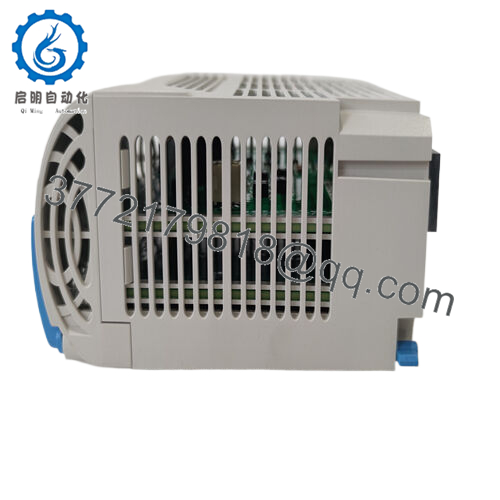
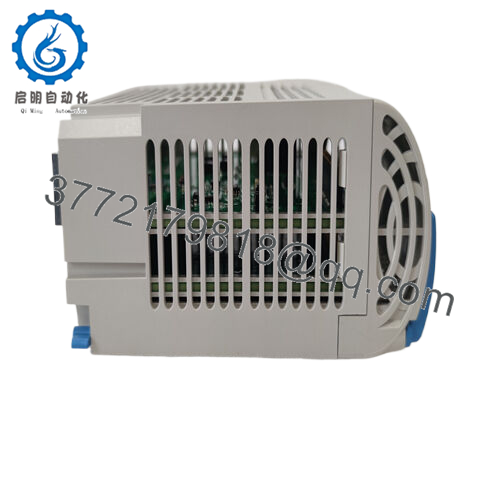
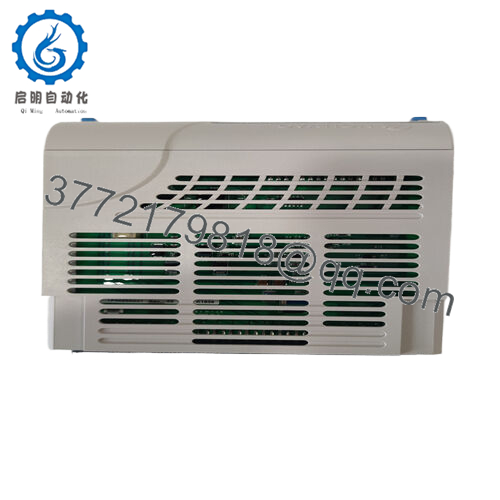
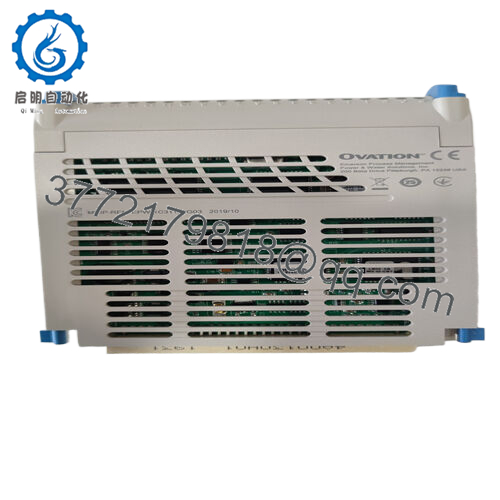
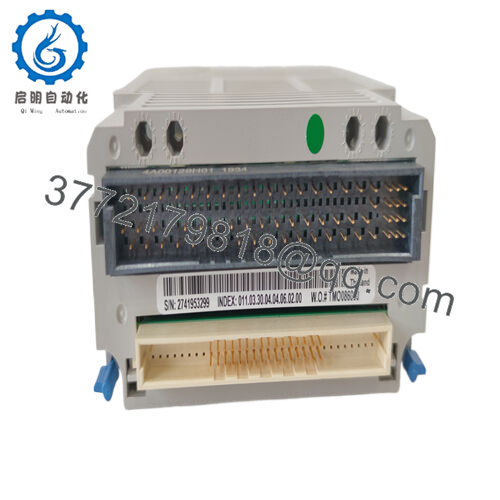
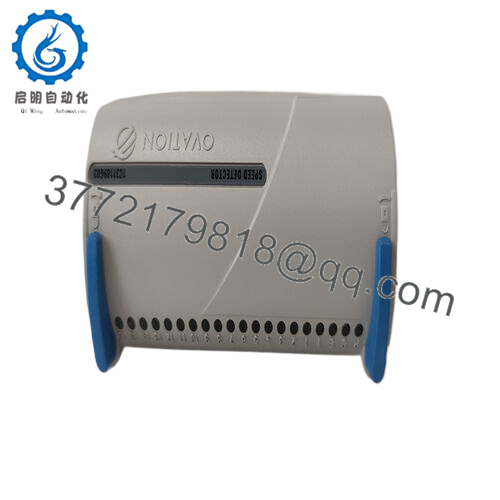
 WhatsApp: +86 16626708626
WhatsApp: +86 16626708626 Email:
Email:  Phone: +86 16626708626
Phone: +86 16626708626


